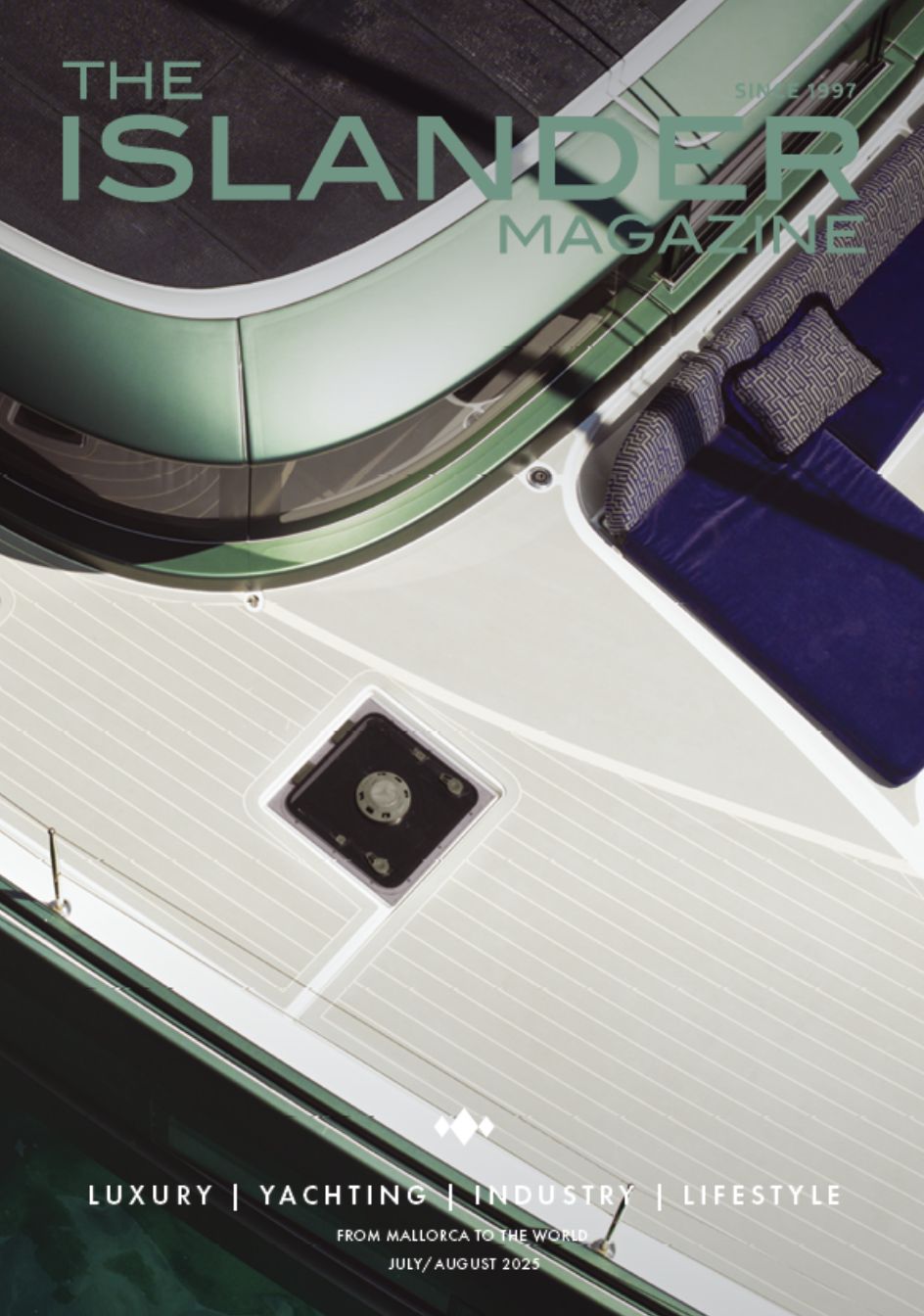Small engines, big engines – they all have one thing in common: engine mounts. These often-overlooked rubber supports play a vital role in your boat’s comfort, performance, and long-term mechanical health.
Why engine mounts matter
Engine mounts (also known as sealing blocks or feet) are designed to absorb vibrations from the engine and drivetrain. When freshly installed and aligned, they reduce vibration, noise, and wear. But over time, things change – and not for the better.
Your engine – sometimes weighing hundreds or thousands of kilos – is spinning at thousands of RPM, pushing propellers that displace tons of water. This force travels through the gearbox, couplings, sterntube, and propshaft bearings. If one part wears out or shifts, the rest follow suit. And because these components often come from different manufacturers, pinpointing a problem can be difficult and expensive.
Prevention is key
One of the biggest threats to engine mounts? Oil contamination. Oil degrades the vulcanised rubber that holds the mount together. Once the rubber begins to break down, the engine mount fails – and from there, couplings and bearings wear out rapidly. In the worst-case scenario, the engine can break free from its bed entirely, leading to catastrophic drivetrain damage.
Regular maintenance tips
-
Annual inspections: Check that all mounts are clean, secure, and properly aligned.
-
Paint markers: A dab of paint on top nuts and spindles makes it easy to spot movement or loosening.
-
Check shaft alignment: Some couplings require more frequent alignment checks—follow the manufacturer’s recommendations.
-
Oil control: Keep mounts clean and free from oil residue.
Different setups, same importance
Most engines use a standard four-mount system: two at the front, two at the rear, including the gearbox. Larger engines may have additional gearbox mounts. Outdrives and saildrives use different mounting systems tied to the hull or transom—failures here can be just as serious.
Insurance companies may require proof of compliance with maintenance schedules, especially in the event of damage or claims. Staying ahead of wear and tear isn’t just smart—it’s essential.























0 Comments